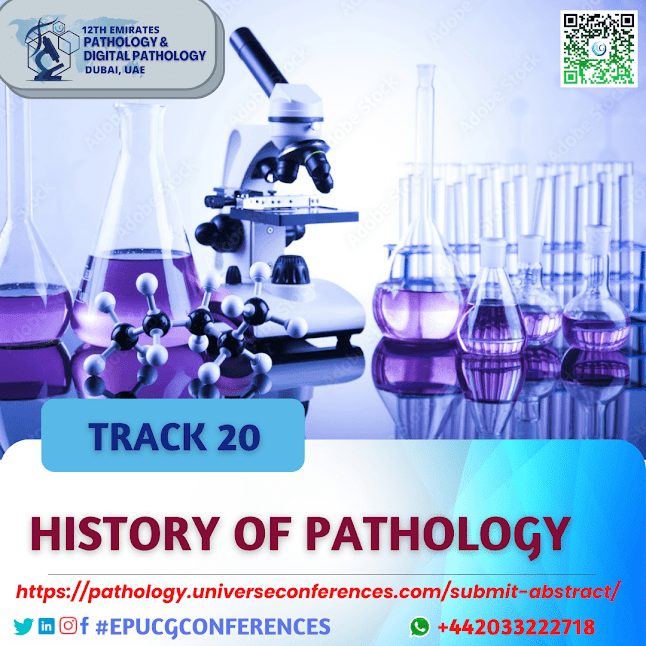Track 12: Soft Tissue and Bone Pathology
SUB TRACK: Soft Tissue and Bone Pathology, pathology of diseases, diagnostic, Fibrous tissue Normal Adipose Tissue Histology, physiologic stimuli, tumors cytogenetic, molecular analysis, immunohistochemical tools, cytogenetic techniques, molecular studies, tumor, granular cells
The Soft Tissue and Bone Pathology
Service of the Division of Surgical Pathology provides comprehensive diagnostic
information and services about the pathology of diseases of the soft
tissues, muscle, and bone, mainly malignancies. In addition to traditional
histology, a variety of specialized immunohistochemical, cytogenetic, and
molecular genetic techniques are typically available for examination. In
addition to providing expert diagnostic interpretation of in-house cases for
Brigham and Women’s Hospital and the Dana-Farber Cancer Institute, the Service
provides a very significant national and international consulting service.
Active educational activities include providing students, residents, and
fellows with ongoing instruction.
Soft tissues make up the body. Fat,
muscle, fibrous tissue, blood arteries, and lymph vessels are just a few
examples of the various types of soft tissue. and unease. Soft tissues envelop,
support, and connect organs and other bodily structures.
Call For
Paper/abstract/case study: https://pathology.universeconferences.com/softtissue-bonepathology/
- Enclosing, supporting, and tying together bodily organs and other componentsProvide
the body structure and shape.
- Safeguard organs
- Fluids help transfer blood from one part of the
body to another.
- energy reserve
Soft tissue varieties
- There are numerous types of soft tissue in the
body.
The fat-forming fat cells, or
adipocytes, are tightly packed together to create the soft tissue known as fat.
It is also known as fat tissue or adipose tissue. Fat is frequently seen under
the skin of the buttocks, hips, waist, and belly. It also encompasses organs
like the kidneys. The fat that covers the body acts as padding between the
organs and helps to keep the body warm. The body also stores fat, which it uses
when it needs energy.
Fibrous tissue is connective tissue.
composed of fibres that resemble rope.
These fibres support movement while maintaining the stability and strength of
body parts. Ligaments, which link one bone to another, and tendons, which link
muscle to bone, are both made of fibrous tissue. Fibrous tissue, which also
covers the walls of blood vessels, surrounds several organs.
Synovial tissue is a delicate, loose
connective tissue that lines joints like the knees and elbows. Additionally, it
is present in the fluid-filled sacs that surround tendons and are situated
between bones (bursa). Synovial tissue creates synovial fluid, a viscous fluid
that aids in movement.
Blood arteries are long, hollow
elastomeric tubes that run throughout the body. The three different types of
blood vessels are capillaries, veins, and arteries. Blood arteries deliver
waste products, oxygen, nutrients, hormones, and other materials throughout the
body.
Depending on whether you have
osteoporosis or bone cancer, even among ailments of the bones, the symptoms you
experience, the doctors you see, and the treatment you receive might vary quite
a bit, for instance The following frequent bone conditions impact both children
and adults:
Osteoporosis. One of the most
prevalent bone illnesses, osteoporosis, is characterised by bone loss, which
weakens the bones and increases their susceptibility to breaking. Osteoporosis
is a disease that commonly damages a person without them even being aware of it
because it is invisible. Over 53 million Americans either have osteoporosis or
are at a high risk of developing it, according to the National Institute of
Arthritis and Musculoskeletal and Skin Diseases.
Important Information:
Conference Name: 14th Emirates
Pathology, Digital Pathology & Cancer Conference
Short Name: 14EPUCG2024
Dates: September 25-27, 2024
Venue: Holiday Inn Dubai, UAE &
Online
Email: pathology@universeconferences.com
Visit: https://pathology.universeconferences.com/
Submit here: https://pathology.universeconferences.com/submit-abstract/
Register here: https://pathology.universeconferences.com/registration/
Online Registration here: https://pathology.universeconferences.com/virtual-registration/
Call Us: +12073070027
WhatsApp us at https://wa.me/442033222718?text=




Comments
Post a Comment